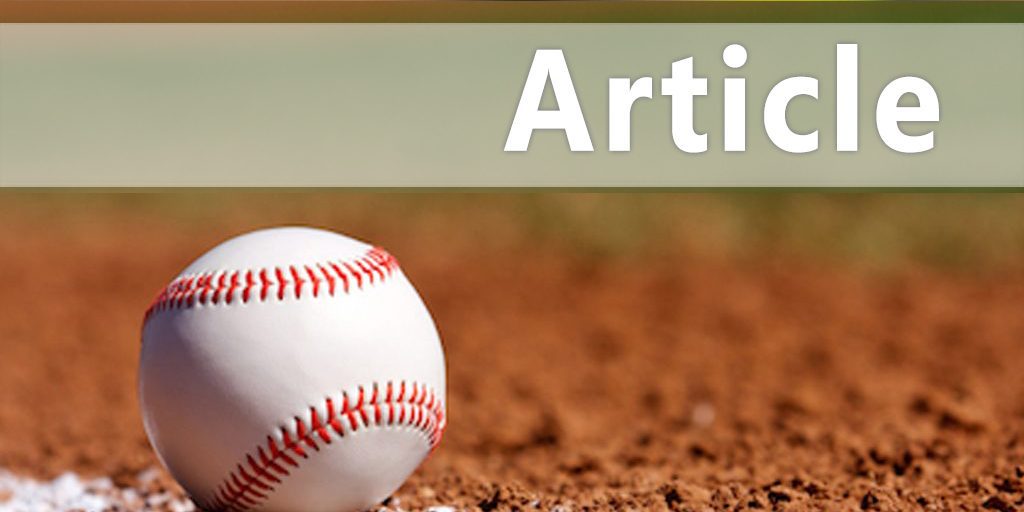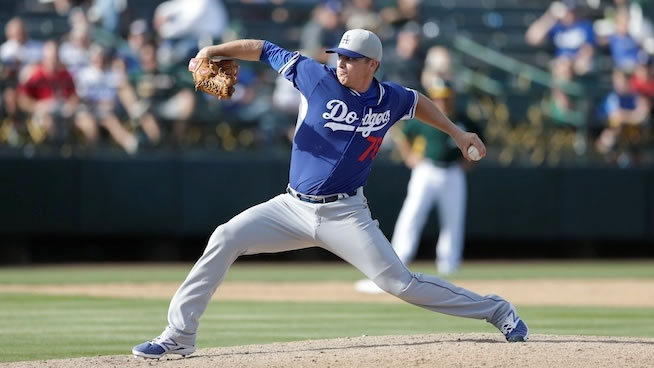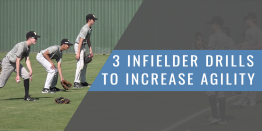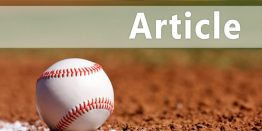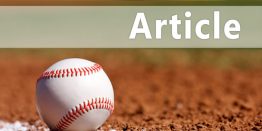| Baseball Exercises: Should You Lift Overhead?
Provided by: Stack.com
Watch any baseball practice and you'll see pitchers and position players doing band work or performing baseball exercises before hitting the field. They may go years—even their whole careers—without making an overhead movement during training, yet they throw long-toss every day. This does not add up. You've probably heard coaches say baseball players shouldn't lift overhead because it can hurt their throwing arm. There is some truth to that statement, but let's look at what actually happens when you throw a baseball. Your throwing arm rapidly accelerates toward the intended target, but after you release the ball, your arm rapidly decelerates. Many pitchers experience arm problems because of lack of attention to the muscles that aid in the deceleration—the shoulder, the lats and the rotator cuff. Proper lifts and exercises can increase the strength of these muscles and aid in flexibility. I think when coaches hear the words “overhead,” they associate it with trying to create bodybuilders out of their baseball players. This is not the case. Lifting overhead is simply a way to develop a more well-rounded athlete by targeting an oft-neglected muscle group. What Overhead Lifts Should I Use and When? During the off-season or times of minimal throwing, the Overhead Shoulder Press can help considerably to develop your shoulder musculature. Power Presses or Jerks are better choices during times of increased throwing or before competition. They help you develop force quickly and maintain strength and power gains. Overhead Shoulder Press
Tip: The sport performance coach and baseball coach should be in constant communication about how much each athlete throws. Together, they can figure out the optimal amount of overhead lifting and help their athletes avoid overtraining. Band work and rotator cuff drills also develop the shoulder. However, if you spend too much time training the small muscles of the rotator cuff, you could be neglecting the large muscle groups that influence performance more. Don't get caught up in doing too many “baseball exercises,” which may or may not be beneficial. In your training session, work to develop the primary muscle groups first, then work in the accessory muscles at the end. As with any exercise, proper instruction, supervision and coaching are extremely important to prevent injury. Before you attempt any overhead or Olympic-style weightlifting movements, consult a coach who is Olympic-weightlifting certified or certified through the National Strength and Conditioning Association.
|
